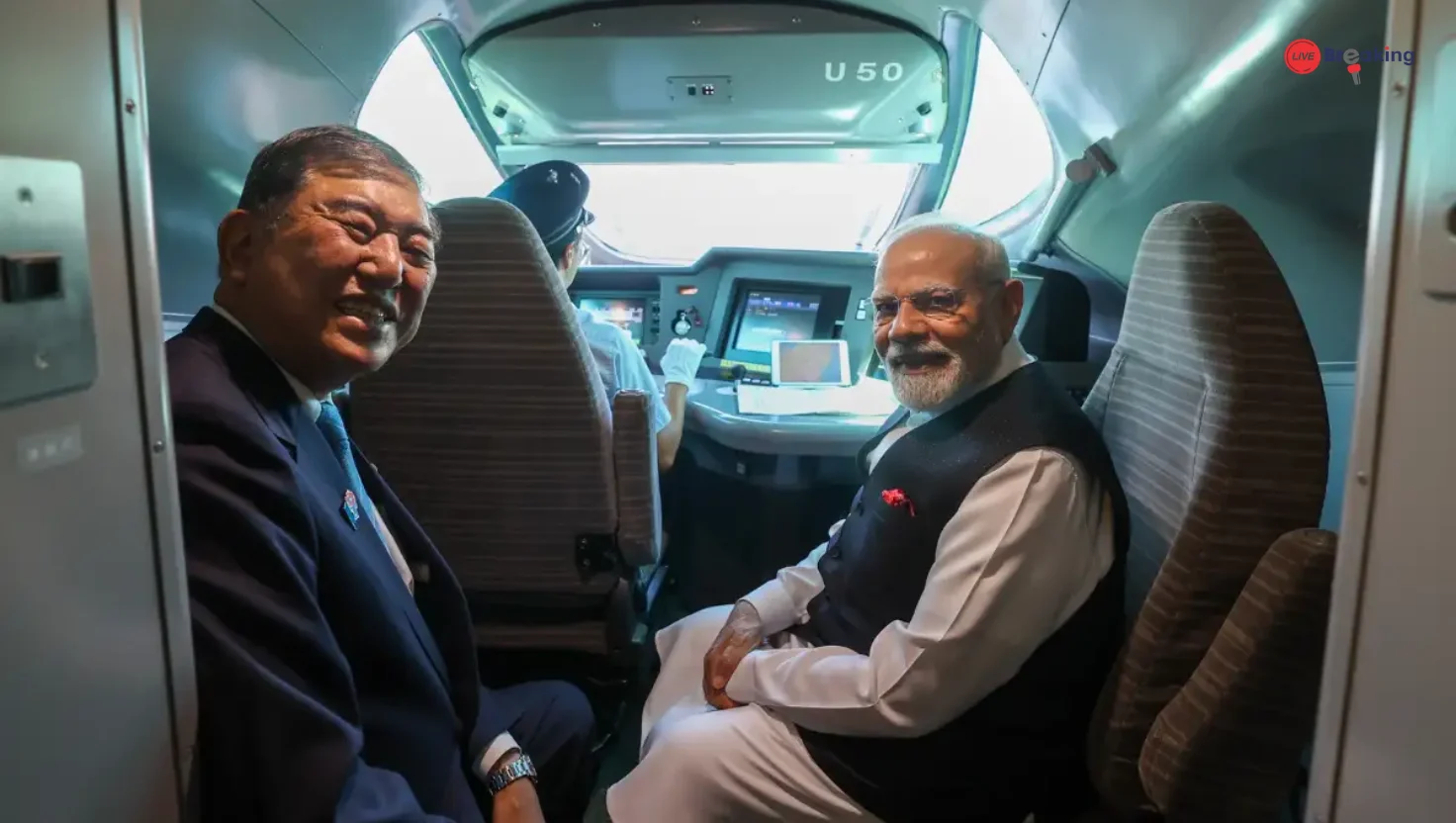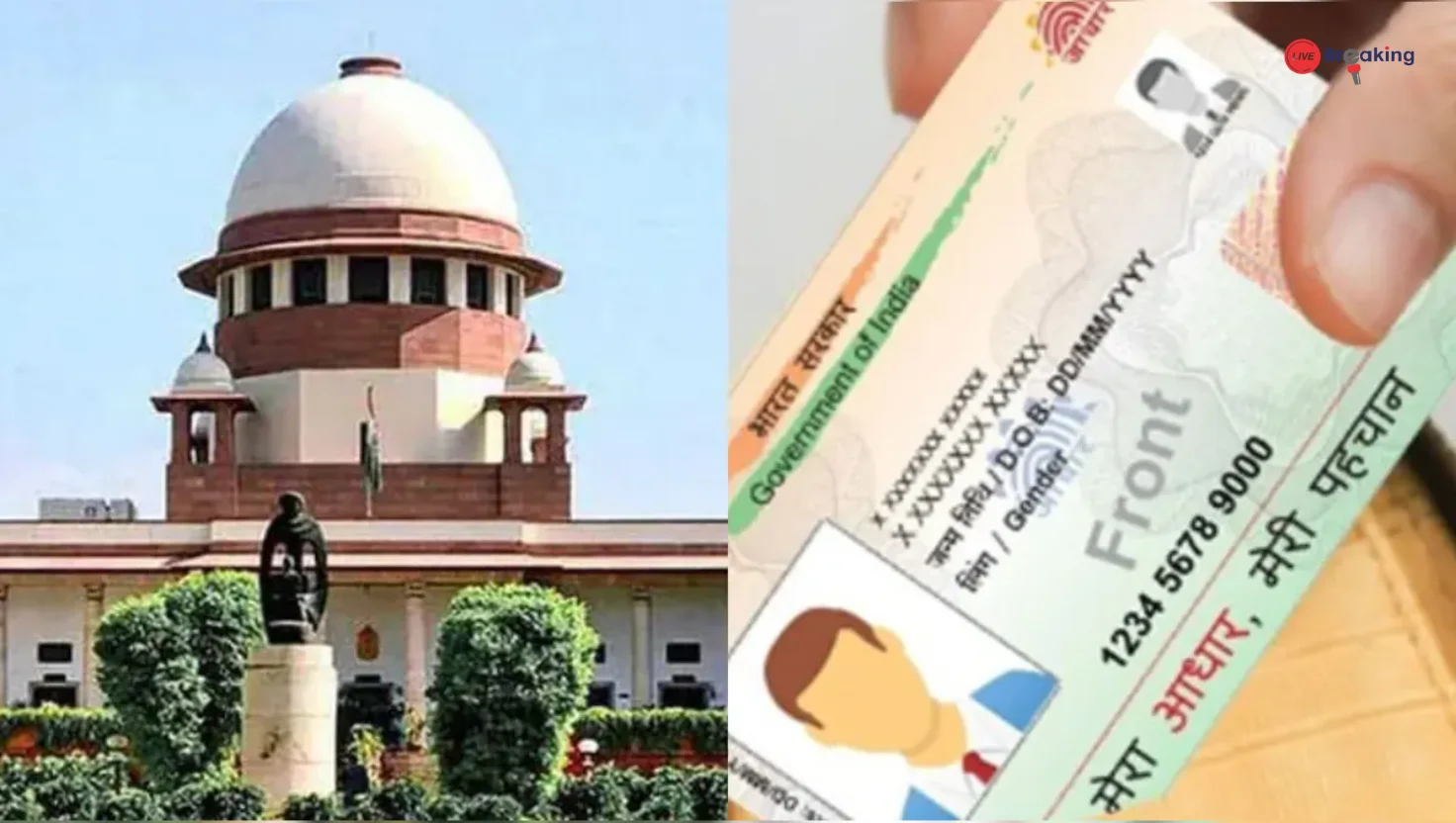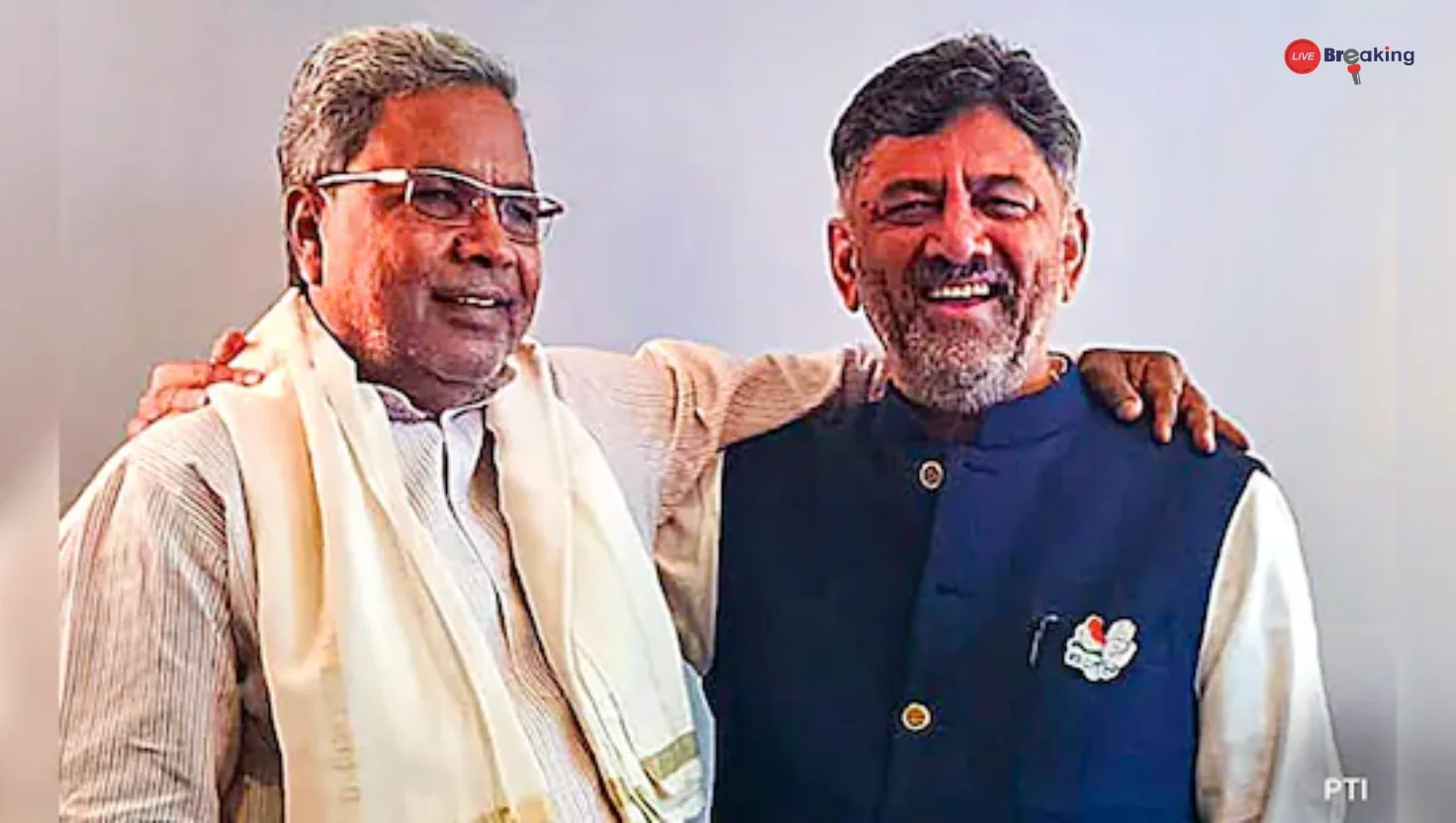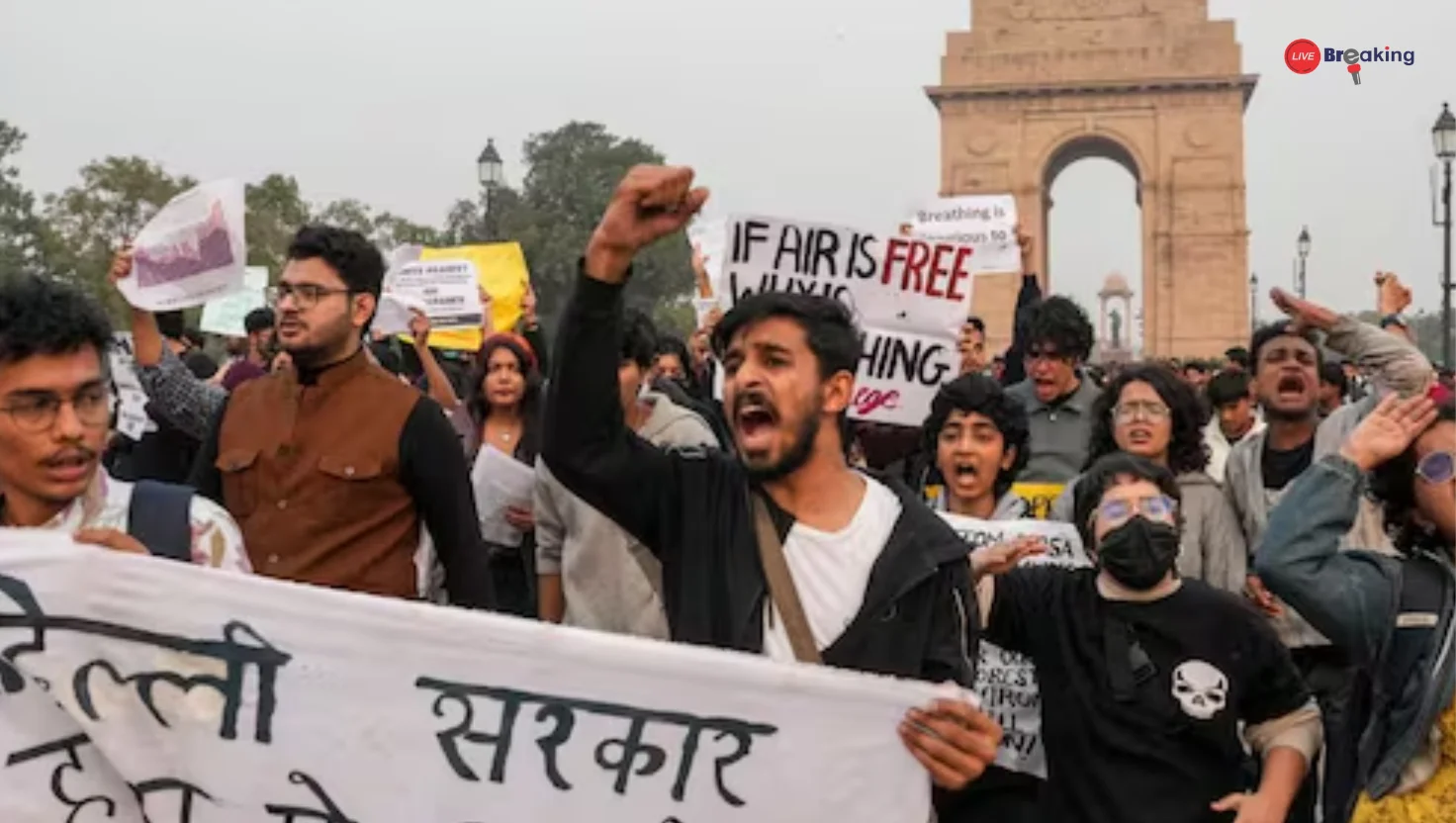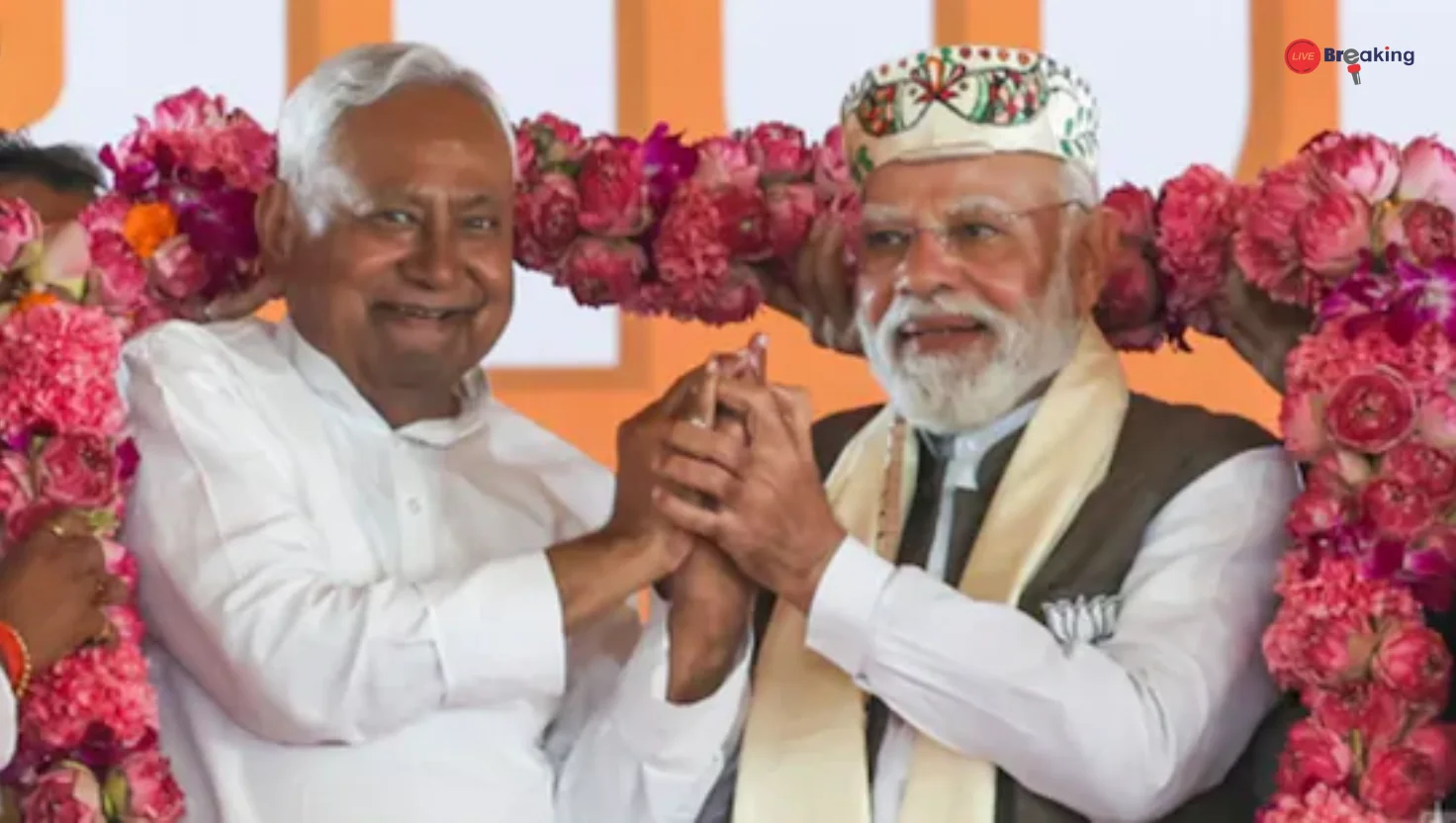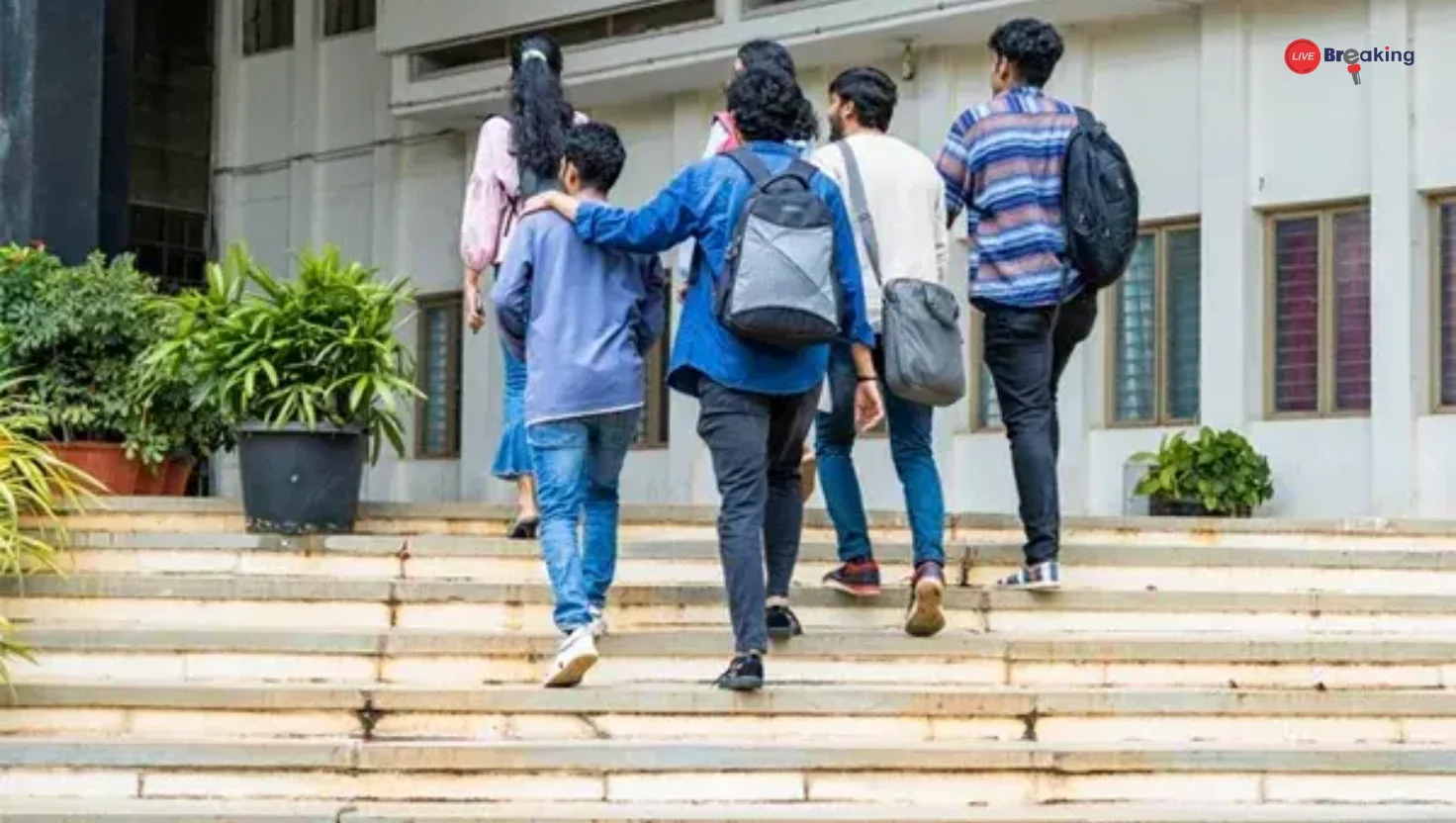PM Modi Takes Bullet Train Ride With Japanese Counterpart In Tokyo
Prime Minister Narendra Modi, during his recent visit to Japan, shared a symbolic journey with his Japanese counterpart aboard the country’s iconic high-speed bullet train, also known as the Shinkansen. The ride, which took the leaders from Tokyo to Sendai, was not just a showcase of Japan’s technological marvel but also a reflection of the deepening partnership between India and Japan.
A Ride Beyond Speed
The Shinkansen, globally celebrated for its safety, punctuality, and cutting-edge design, has long been an emblem of Japan’s modernity. For Prime Minister Modi, joining the Japanese Prime Minister on this journey represented more than experiencing high-speed travel; it highlighted a shared vision for infrastructure growth, innovation, and connectivity between the two nations.
The Tokyo-to-Sendai route, covering nearly 350 kilometers in under two hours, allowed both leaders to interact and discuss bilateral cooperation while experiencing firsthand the efficiency of Japanese rail technology.
The Symbolism of the Bullet Train
Japan’s Shinkansen is more than a mode of transport—it is a global symbol of progress and precision. By riding together, the two leaders sent a strong message about their commitment to modernization and the exchange of advanced technologies. For India, which is currently building its first high-speed rail corridor between Mumbai and Ahmedabad with Japanese assistance, the ride was symbolic of what lies ahead for the country’s transport sector.
Prime Minister Modi has often emphasized infrastructure as the backbone of India’s development journey. The bullet train project, supported by Japanese expertise and funding, is expected to transform rail travel in India. This shared ride underscored the trust and cooperation that make such ambitious projects possible.
Diplomatic Engagement on the Move
What makes such journeys special is the informal atmosphere they create for dialogue. Away from formal settings, the train ride provided an opportunity for both leaders to converse freely about mutual interests, economic cooperation, and regional stability. The symbolism of moving forward together on a high-speed train was not lost on observers, reflecting the momentum of India-Japan relations.
Read more: PM Modi Avoided 4 Calls From Trump Amid Tariff Tension: Report
The discussions reportedly covered investment opportunities, advanced technologies, and the need for resilient supply chains. With both India and Japan playing pivotal roles in the Indo-Pacific, the partnership between the two nations is seen as crucial for regional security and economic stability.
Lessons for India
For Indian delegates accompanying the Prime Minister, the ride was also an occasion to study the efficiency, safety measures, and operational practices of Japan’s Shinkansen system. India’s own high-speed rail project aims to replicate this model, adapting it to local conditions. Learning from Japan’s decades of experience is expected to smoothen the path of India’s ambitious rail modernization efforts.
Moreover, the visit highlighted how large-scale infrastructure projects are not merely about transport but about boosting employment, enhancing regional connectivity, and creating long-term economic benefits.
Strengthening Cultural and Strategic Bonds
Beyond technology, the journey symbolized a strong cultural and strategic partnership. India and Japan share values rooted in democracy, peace, and cooperation. The bullet train ride stood as a metaphor for the accelerating friendship between the two nations, moving ahead with speed, strength, and shared purpose.
Read more: TikTok may be back in India 5 years after ban: Website opens but app unavailable
Prime Minister Modi, in his earlier interactions, has described Japan as one of India’s most trusted partners. The joint train journey reaffirmed this sentiment, marking another milestone in the longstanding friendship.
Looking Ahead
As India prepares to launch its own high-speed rail system, the Tokyo-to-Sendai ride has become a moment of inspiration. It demonstrated what is achievable through vision, collaboration, and technological excellence. For the people of India, it serves as a glimpse into the future of rail travel—faster, safer, and more efficient.
The journey of Prime Minister Modi and his Japanese counterpart was not merely a ride across cities but a symbolic step forward in the journey of India-Japan relations. It carried the promise of shared growth, stronger partnerships, and a common pursuit of progress.

